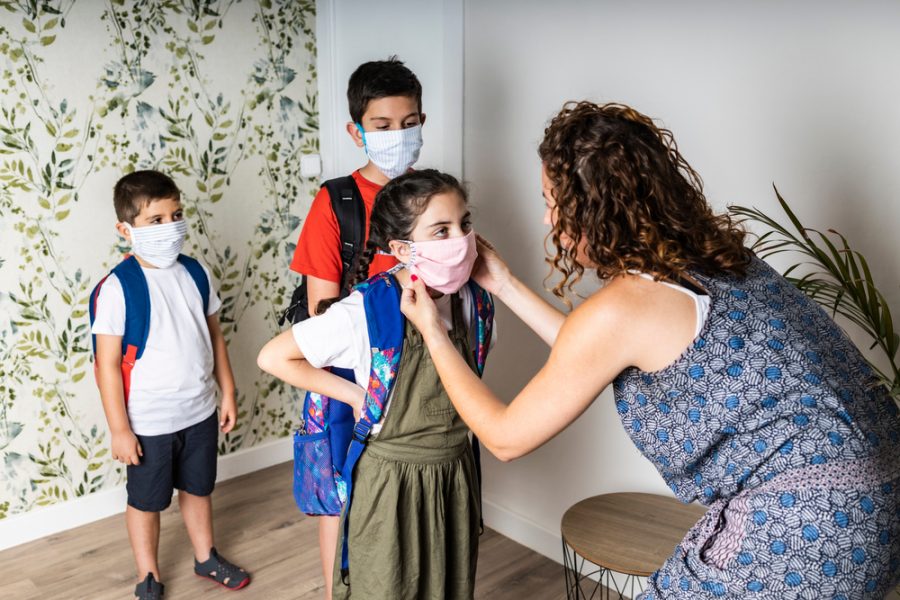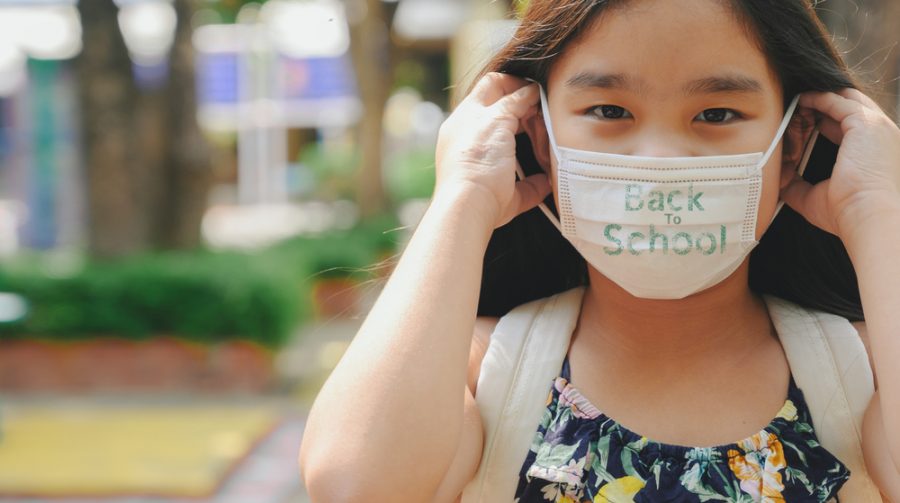The COVID-19 pandemic is undoubtedly the charm that reaffirms many teaching methods from us. Many educational institutions in developed countries have adopted an online and mixed learning approach. The availability of grants is an essential factor in determining whether new availability methods can be successfully implemented.
It’s most common in developing countries where there is a sharp decline in all campus activities. Other factors, such as the lack of digital infrastructure, inhibit online learning and mixed learning approaches.
Effect of COVID-19 in the Educational Sector
Among the many financial sectors, the higher education sector is currently undergoing tectonic changes. This closure speed and rapid development to remote education do not allow timely planning or reflection so that both can avoid potential risks and utilize the underlying possibilities.
The same way institutions and students are under pressure not to waste academic time and rediscover their teaching-learning in the same way – entirely online. With every crisis come challenges and more opportunities for changes – the past education crisis has shown that it is possible to build a better one. Many researchers had said that educational technology had made this prediction for a long time, and that happens now.
The pandemic era of COVID-19
COVID-19 Pandemic has led to large-scale organizations and behavioral trauma effects in various fields of human activity including education. The impact on students has never happened before: many students worldwide, from the basic level to tertiary, cannot go to school.
The Black swam event affected worldwide countries and the community. Meanwhile, we come with rapid improvements on various digital learning platforms. The last phase of classrooms for online learning sets aside more in-depth questions about national education policies and the theoretical and campus basics.
The pandemic has boosted the types of online practices criticized for failing to follow good principles, best practices, and previous research. On social media, leading experts question why some individuals, companies, and organizations are encouraged, indicating that they are very interested in guiding whether market factors drive their motivation.

Others have noticed negative consequences if accelerated digital technology education is implemented without balancing the results. Jumping up with learning platforms and online learning can impact privacy and intelligence and in the lives of students and human dignity.
Online education can take many forms outside the process of teaching and evaluating knowledge commonly used. This can be informed and formed by various education-philosophical and educational bases. Therefore, online learning should not be seen as ‘online content or teaching.
Online Learning: A general idea
Online learning is often synonymous with content-based independent studies or, in general, self-study, where the benefits are limited to time freedom and space. However, face to face environments is very different from the digital learning environment through the learning management system.
It consists of text and video files taken by lectures, based on standard learning framework such as online learning design, involved, authentic, and practical. Also, education affects teachers and students engaged in the development, implementation, and use of technology to contribute to meaningful teaching and learning.
During the covid-19-inspired locking worldwide, schools and teachers use digital tools to ensure the continuity of teaching and learning. Society, academic, political, and economic short-term solutions are needed, although crisis time is not the best time to invest in a long-term political plan and educational technology. What is needed instead is a critical analysis of this problem.
Post-COVID challenges in the Learning Arena
The epidemic replaced the centuries-old teaching model and talked to technology. Disorders in submitting education involve policymakers widely applied in learning how to ensure e-learning solutions and complete digital distribution.
It’s time for the Indian Higher Education System to reflect on challenges and continuously respond and fulfill their responsibilities to the community at such times. The same institutions and students are under pressure not to waste academic time and to rediscover their teaching-learning in the same way – entirely online.
With every crisis come challenges and more opportunities for changes – the past education crisis has shown that it is possible to build a better one. Many futurists and educational technology have made predictions for a long time, and that happens now.

It accomplishes finances and returns investment conquering all the other things, including academics and ethics. As a result, advertising-technology solutions can strengthen problems rather than solving them – a good example is a phenomenon previously discussed behavioral related performance, database-based and analysis-based application based on decision making.
Promoting data, monitoring, and practical and useful monitoring and worldviews where the road to success lies in the neoliberal view of competitive personality. Broken Learning gives ed-tech business opportunities to sell new solutions that are sometimes limited with the right learning principles and learning. Some technology companies now offer their services and products cheaper with more sales.
Because these tools become embedded in teaching practices, it won’t be easy to return. Redesigning the teaching and learning approach, the government can invest much in education, which is not easy for all governments. To keep the curators engaged conduct live classes through TV and radio can also be optional as a practice level practice in Nepal, but they are not as effective as a face-to-face class.
Strategies that are to be followed
The fact is COVID-19 affects the field of education, especially in general and higher education. It starts with:
- Take care of technical facilities to ensure teaching in virtual classrooms
- Use of a virtual lab to learn foreign languages and provide practical work in applied science
- Follow the tools used to assess students’ knowledge online
- Establishment of law for the introduction of online training diplomas in several countries
Final Thoughts
Infection increases the risk known and creates a new one. It provides a way to manage systemic challenges and make them better—infection functions as a catalyst for developing mutual strategic education dependency to get collective strength. Because infection does not discriminate geographically or geographically, organizations need to focus on shared goals.

“Calls for educational systems that are distributed re-grow in numbers and sizes.” At this unprecedented time, we should realize that our lean and firm beliefs about schools, teaching, and learning are never the same.
The epidemic continues, a challenging year for our teachers and students. We are fortunate to have the freedom to take advantage of the moment, share strategic guidelines on educational policy issues, rewrite the article, and fundamentally share this public return.
Since pandemic teaches us a lot, we must now prepare ourselves for any such event and make our digital infrastructure availability even to ruler areas to avoid any hindrance in the future. This new era is the digital era for all. I hope you all to be remain safe and sound in this situation.
















